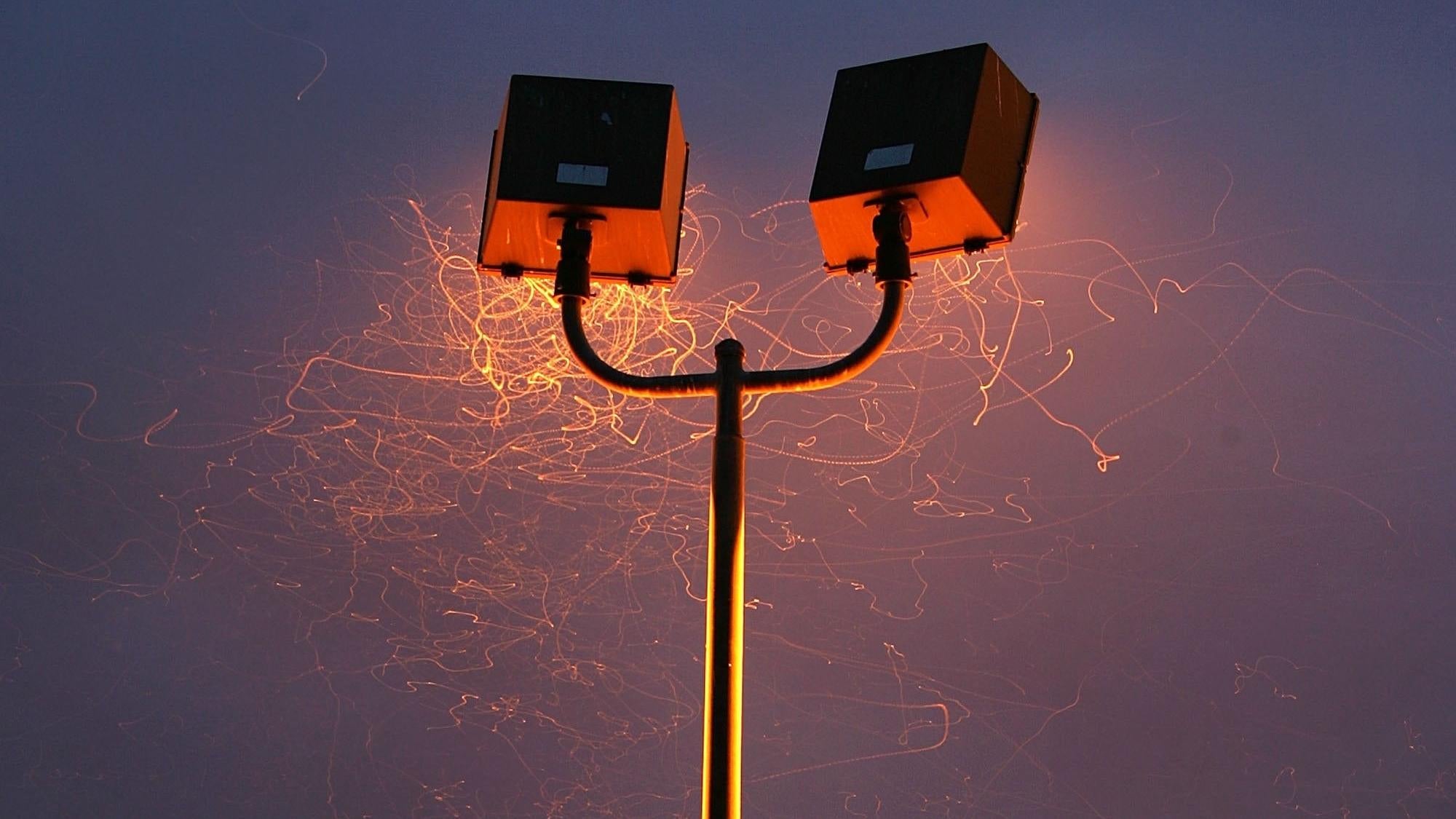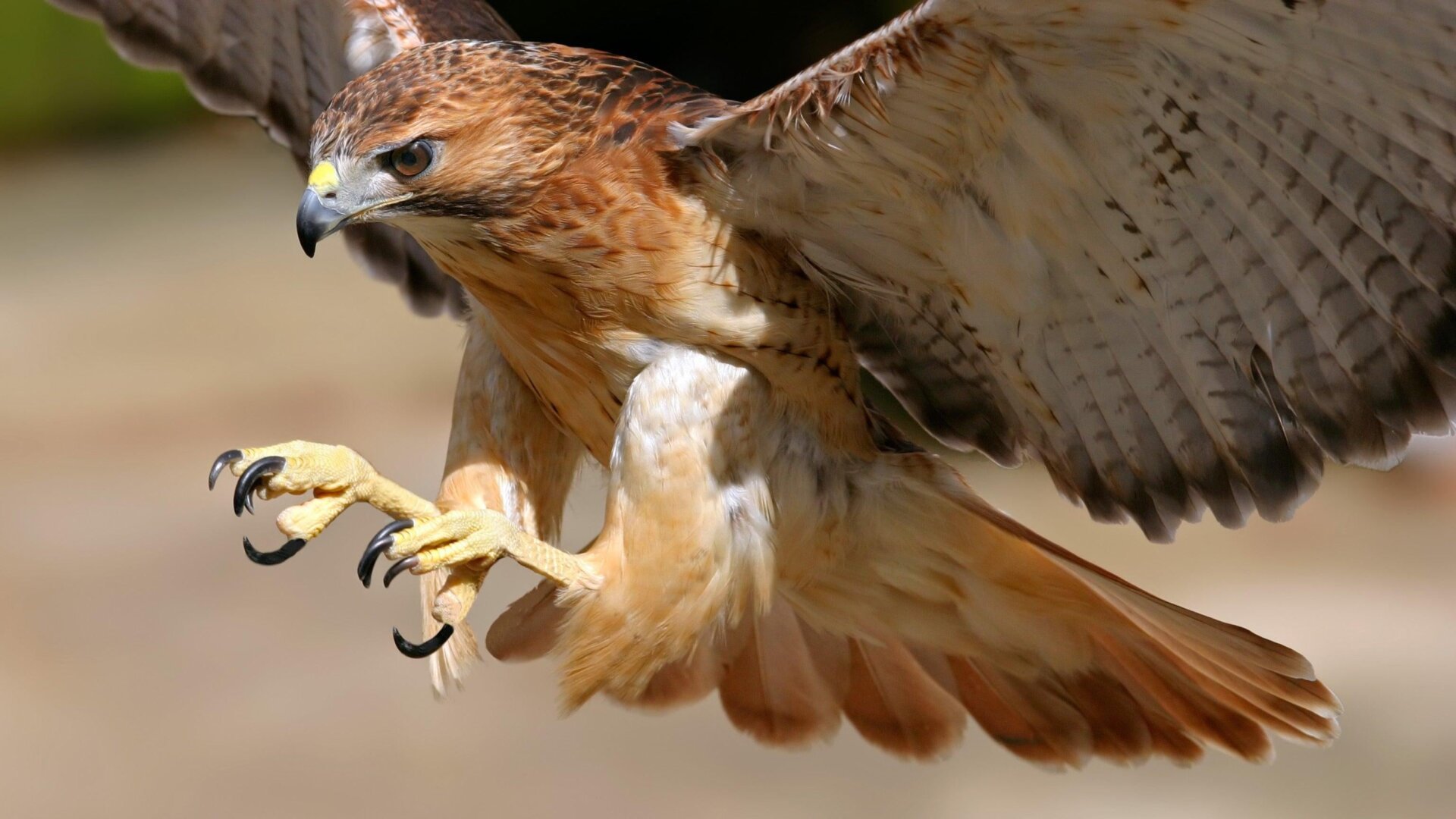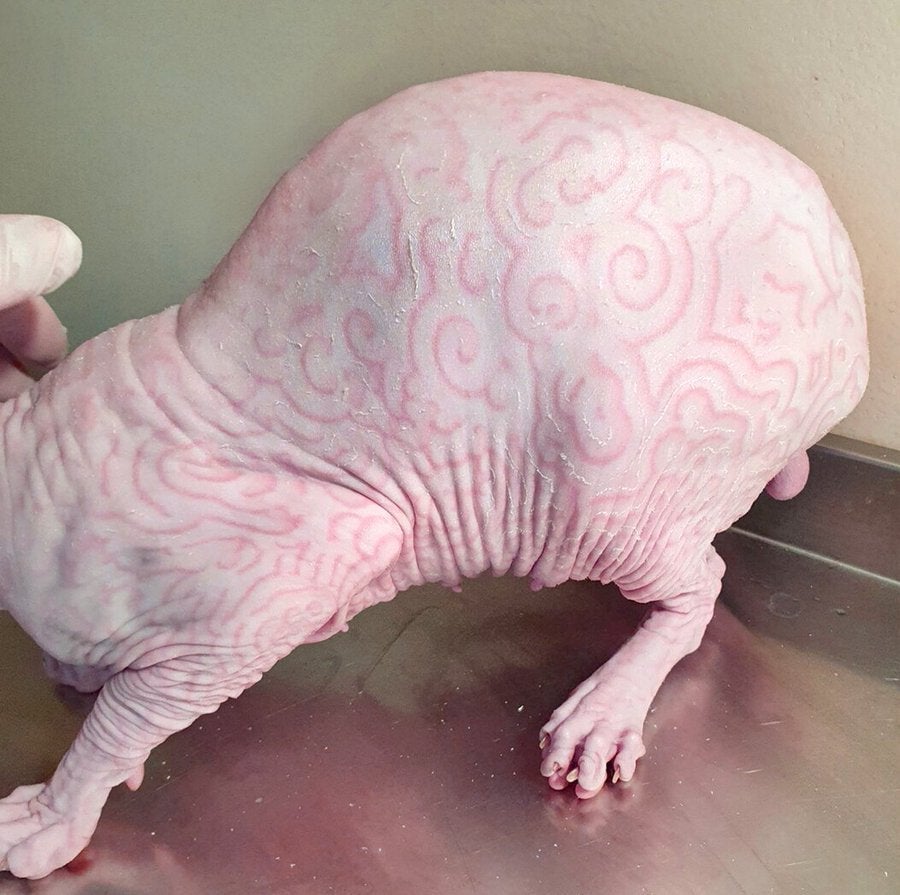Insects and artificial light have a long and complicated relationship, dating back at least 2,000 years to Roman times. The ubiquitous bug zapper, a more recent invention, has claimed the lives of countless insects over the past century. But why are these creatures so drawn to light? Contrary to popular belief, new research suggests it’s not attraction, but rather a tragic case of misorientation.
A recent study published in Nature Communications offers a compelling explanation for this age-old question. Researchers, observing insects interacting with artificial light in a Costa Rican cloud forest and conducting controlled lab experiments, discovered a fascinating behavioral pattern. Instead of being lured towards the light, insects seem to use it as a navigational aid, orienting their bodies with the brightest light source.
The researchers observed various insect behaviors around ultraviolet light, including “orbiting” (flying in arcs around the light), “stalling” (flying upwards and decelerating), and “inverting” (completely flipping over). These behaviors, combined with detailed flight trajectory data from both diurnal dragonflies (Common Darter and Migrant Hawker) and nocturnal moths (Yellow Underwing and Lorquin’s Atlas Moth), revealed a consistent pattern.
The insects consistently turned their dorsal side (their “back”) towards the light source, suggesting they were using it for orientation. In natural settings, this dorsal light response helps insects maintain stable flight by aligning themselves with the brightest part of the sky. However, in the presence of artificial light, this instinct becomes a fatal flaw.
The artificial light disrupts their natural navigation, causing them to fly in confusing and often deadly patterns. The “seemingly erratic” flight paths are actually desperate attempts to regain control and orient themselves using a light source that constantly shifts their perspective.
The irony is stark. The very light that insects rely on for navigation in natural environments becomes a deadly trap when artificial. The bug zapper, a symbol of pest control, becomes a testament to this tragic misunderstanding.
In conclusion, this groundbreaking research reveals a new understanding of insect behavior around artificial light. It highlights the unintended consequences of human intervention in the natural world and offers a compelling explanation for a phenomenon that has puzzled observers for millennia. Instead of being attracted to light, insects are tragically misled by it, their innate navigational instincts turning against them in the face of artificial illumination.











